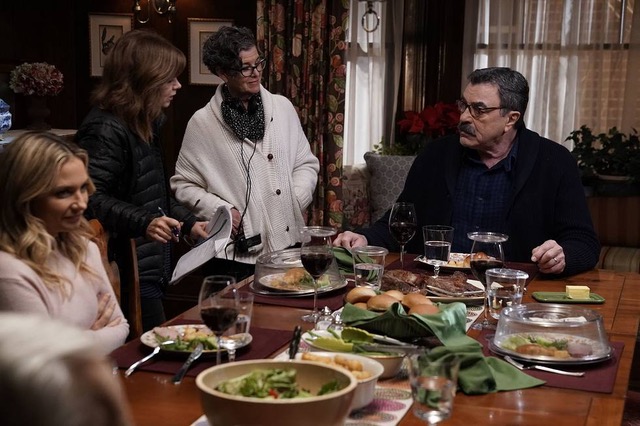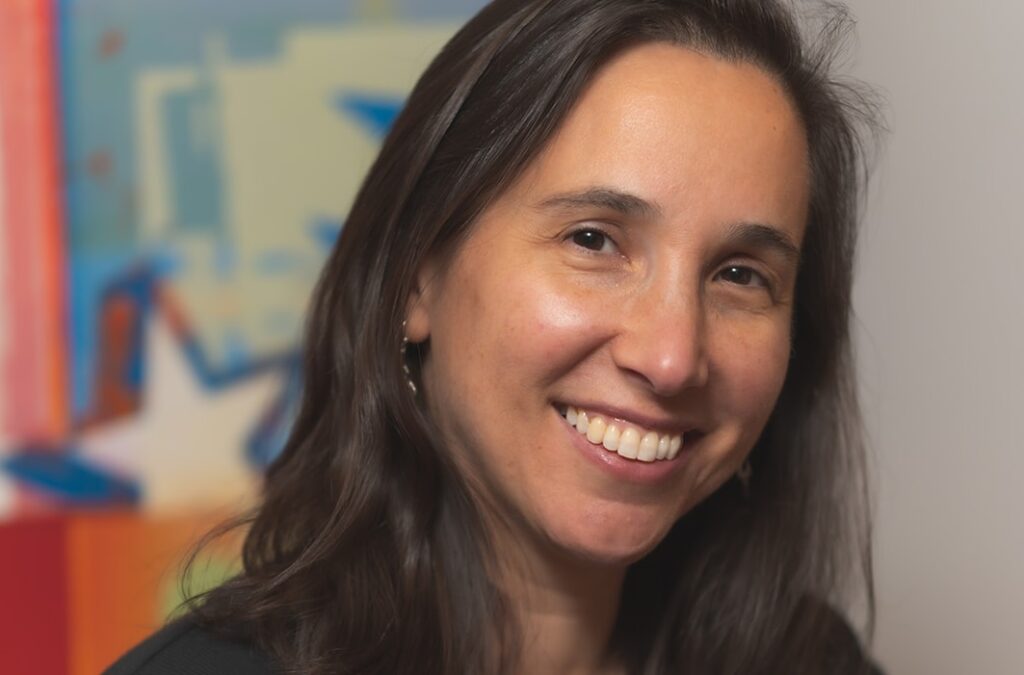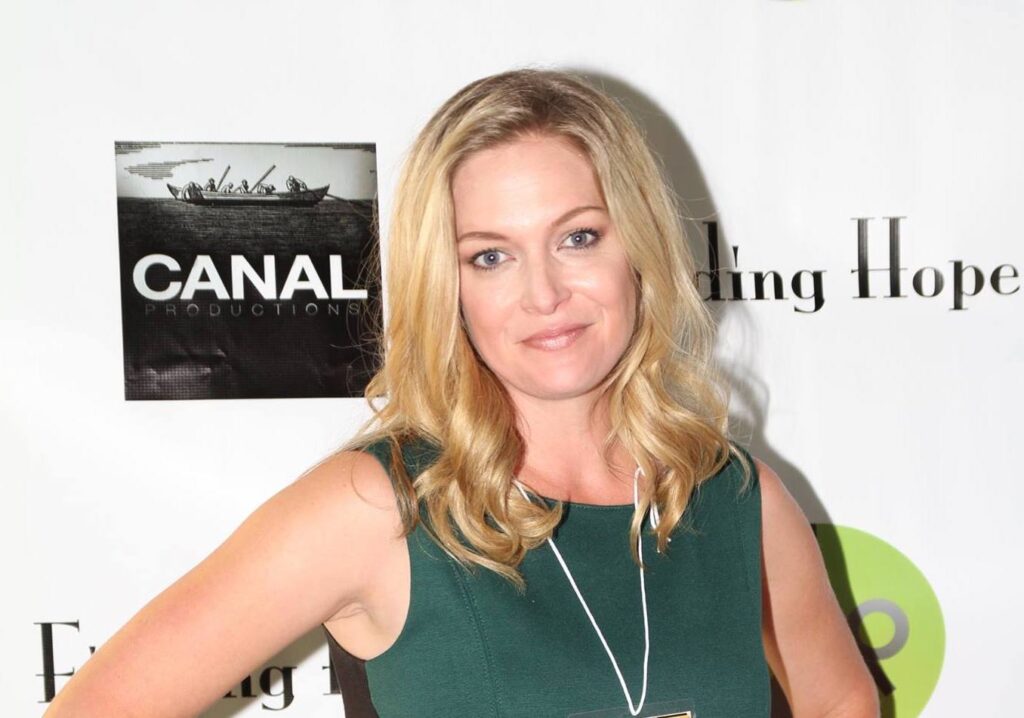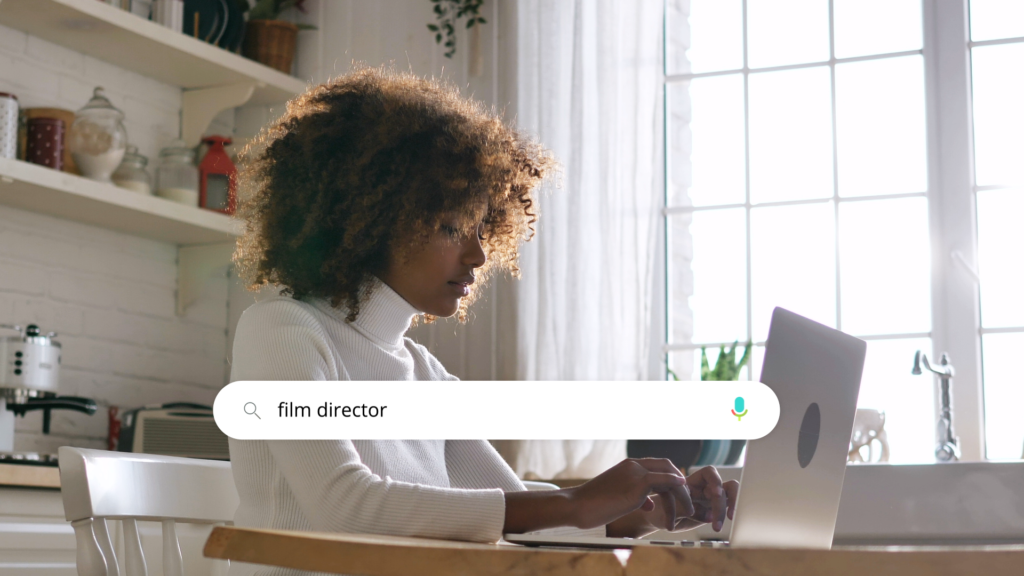Guest Post by Rachel Feldman
2019 is a banner year for international women directors, with 30 percent of the International Oscar contenders being female — and brava! Plenty of excellent American films directed by women hit theaters this year, too, such as “Queen and Slim” (Melina Matsoukas) “Little Women” (Greta Gerwig) “Harriet” (Kasi Lemmons) “Honey Boy” (Alma Har’el) and “A Beautiful Day in the Neighborhood” (Marielle Heller). Sundance 2020’s competition directors are 46-percent women. Still, it’s important to remember that only five women have ever been nominated for an Academy Award for directing: Lina Wertmüller, Jane Campion, Sofia Coppola, Kathryn Bigelow, and Greta Gerwig. Bigelow is the only one to win the prize.
Several women from the Directors Guild of America’s (DGA) women’s steering committee this year are highlighting the work of their sister members through the #BestDirectHer campaign, painfully cognizant that publicity budgets for women directors rarely match those of their male counterparts. They’re hopeful that, by boosting their own ranks through the DGA Awards, momentum for women directors will grow towards other important honors.
There are many reasons why international women directors seem to be doing better than their American feature film director counterparts — not to minimize ongoing overseas struggles for women. With government subsidies in many European countries, and the “freedom” to create in environments that lack a formalized film production infrastructure, that might otherwise keep women out, women from around the world are discovering ways to make their movies.
One of the reasons women directors are not doing as well in our culture is the ghettoization of women who have come up through directing television. Women are finally directing more and more television. In the past few years, the number of women calling “action” on broadcast, cable, and streaming television series has doubled. According to the DGA, 31 percent of episodic television was directed by women this year. In 2014, that number was 14 percent. In film, the number of women directors has held at around 10 percent in features with budgets up to $10 million.
Yet there is a tremendous stigma against television directors in the feature world. Often in Hollywood, and in other American film production hubs, directors who have come up the ranks in episodic television are perceived as “hacks” or “traffic cops” — artists who lack the vision to create an original universe.
Women directors who work regularly in television are often called “first-time directors” or “TV directors” to those who trigger feature films, categories that imply a lack of skill or sophistication to helm a feature, even when many of these women have been directing for decades, and even directed long-form movies for television.
Several veteran DGA women directors have revealed they had to give up on passion projects they had been developing for years, because they’d been unable to land financeable actors, based on the actors’ fear of working with directors who didn’t have feature credits on their résumé.
It’s important to note that this syndrome does not happen with nearly the same frequency to men. There are volumes of stories of the giant leaps male directors have made from a short film to a feature, or a single episode of television to a movie, or on the flip side, men who have made a single feature film who then are hired to direct massive, prestigious episodes of television, opportunities rarely afforded to a woman.
The prejudice that has kept female filmmakers from making the leap from TV to film is based on a dogged, yet faulty belief that directors who work in television are not making their own creative decisions but are following a template set by others, by producers or directors of photography. This perception is yet another example of gender discrimination — if a woman can direct successful episodic television with the demands of extreme time constraints, ever-changing personalities of cast and crew, and the increasing expectations for cinematic excitement including stunts and special effects, while maintaining the highest standards of performance, her skill set is beyond capable to deliver her own vision. Imagine the cliched thoroughbred being trapped in the starting gate. When that filly is released, is she going to wait for instructions, or is she going to run the time of her life?
While we’re seeing A-List female actors such as Nicole Kidman, Keira Knightley, and Jessica Chastain speaking out about their desire to work with women directors, we need to ensure that it’s not just the same 10 women getting the opportunity to direct features. The enormous, creative labor pool of fabulously talented women directors who work in television must be fully embraced if the statistics are ever to change.
Unlike feature film directors, television directors’ names are not promoted, nor do they have publicists creating buzz about their careers. Powerful women actors must be eager to consider directors with whom they may not be familiar. Without this essential change, the feature film landscape will continue to be absent of a vast and varied cache of American women’s voices and vision. It is imperative that the actor branch of Time’s Up create an activated initiative to forge relationships between actors and filmmakers, and it is incumbent upon any progressive female actor working today to take the lead, seeking out and building bridges with women directors.
There are hundreds, if not thousands, of highly skilled women directors working in television today. If we strive for more equitable, gender-balanced worlds in media today, we must open the flood gates for this army of directors — who up until now have been kept in a box.
Rachel Feldman has directed over 75 hours of television. She is currently in development with a feature film she wrote and will direct based on the remarkable life of Fair Pay activist Lilly Ledbetter. Feldman is a long-time, vocal activist for women directors in Hollywood. Watch for her episodes of “Blue Bloods” on January 3 and “Criminal Minds” on February 5. You can follow her @WomenCallAction on Twitter and Instagram and read more about her activism on her website.







